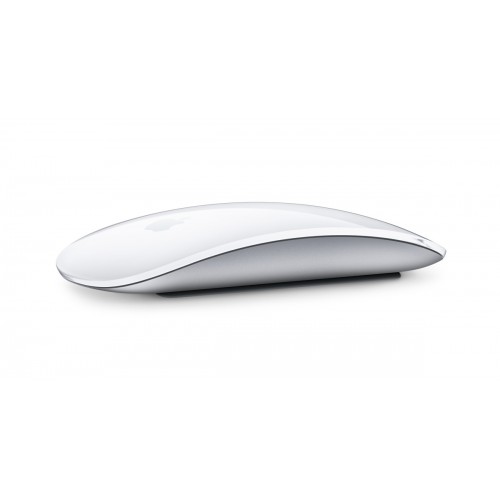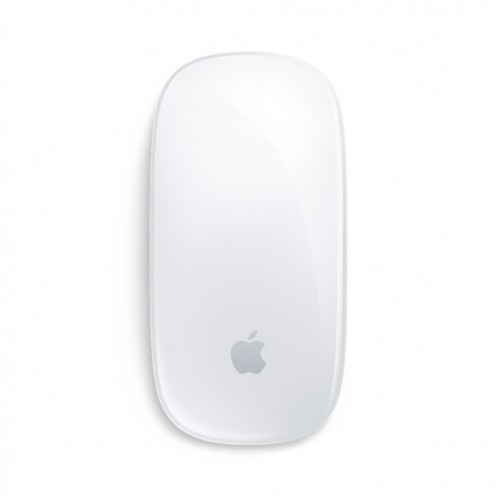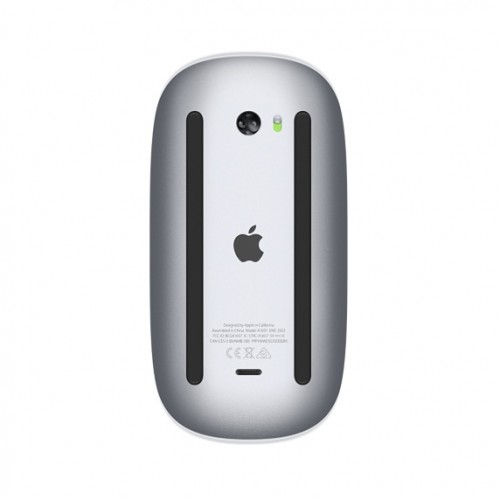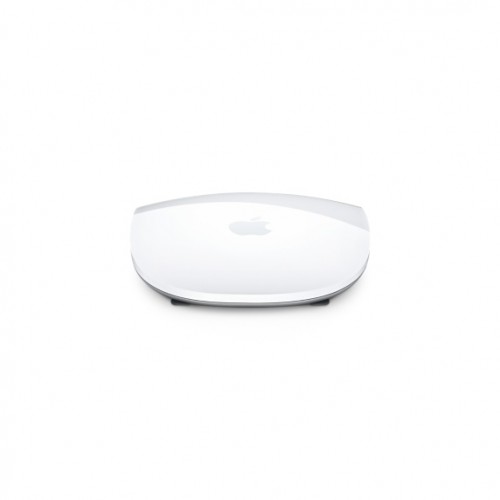Understanding Bluetooth II Interface and its Advantages for Wireless Mice
The Bluetooth II interface represents a significant advancement in wireless communication technology, providing an efficient connection between devices such as mice and computers. This protocol facilitates seamless data transfer, which is crucial for the performance of Bluetooth II wireless mice equipped with optical tracking technology. By employing a standardized method for connecting peripheral devices, Bluetooth II enables users to enjoy a reliable and consistent experience without the complications associated with wired configurations.
One of the primary advantages of Bluetooth II technology is its reduced power consumption. Wireless mice utilizing this interface can operate for extended periods without frequent battery changes, significantly enhancing user convenience. This energy efficiency is particularly beneficial for portable devices, allowing users to focus on their tasks rather than worrying about battery life.
Moreover, the Bluetooth II interface boasts improved connectivity features. It minimizes the likelihood of interference from other wireless devices, ensuring that the connection remains strong and stable. This is especially important for users in environments with multiple electronic devices, where maintaining a constant connection can be challenging. As a result, Bluetooth II wireless mice offer a superior experience with minimal disruptions during use.
Enhanced range is another notable benefit provided by Bluetooth II technology. Devices utilizing this protocol can communicate effectively over a greater distance compared to their predecessors. This improvement allows users to move freely without the limitations imposed by traditional wired connections, making Bluetooth II wireless mice ideal for dynamic workspaces or leisure setups.
Furthermore, Bluetooth II devices are compatible with a wide range of operating systems, including Windows, macOS, and various Linux distributions. This universal compatibility simplifies the user experience, as individuals can easily pair their Bluetooth II wireless mouse with different computers without the need for specific drivers or software. Overall, the integration of the Bluetooth II interface in wireless mice represents a significant step towards enhanced usability and performance.
The Role of Optical Tracking Technology in Enhancing Mouse Performance
Optical tracking technology has significantly transformed the performance of wireless mice, providing users with enhanced precision and responsiveness. At the heart of this technology are optical sensors that utilize a light source, typically a laser or LED, to detect movement. Unlike traditional ball-based mice, which rely on physical components to track motion, optical mice translate changes in light reflection into cursor movement on the screen. This shift from mechanical to optical mechanisms has led to consistent performance across various surfaces, unveiling a new era of usability.
One of the most notable advantages of optical tracking is its improved accuracy. Optical sensors can capture rapid movement and minute adjustments more effectively than their predecessors. High-resolution sensors can operate at varying DPI (dots per inch) settings, enabling users to customize sensitivity according to their specific requirements. For gamers, higher DPI settings permit swift adjustments during fast-paced gaming scenarios, resulting in greater control and performance. Conversely, in productivity applications such as graphic design or detailed editing, lower DPI settings allow for precision work, making optical mice versatile tools for both leisure and professional environments.
Moreover, the advancements in optical tracking technology have fostered innovations in mouse design, such as the increase in the number of programmable buttons and ergonomic structures that enhance user experience. Different sensor specifications, like lift-off distance and acceleration rate, can impact how the mouse responds in various contexts. Understanding these specifications is crucial for selecting the most suitable optical mouse, tailored to unique preferences and usage scenarios. Ultimately, the integration of optical tracking technology not only elevates accuracy and speed but also enriches user experience, giving rise to a new standard in wireless mouse performance.






